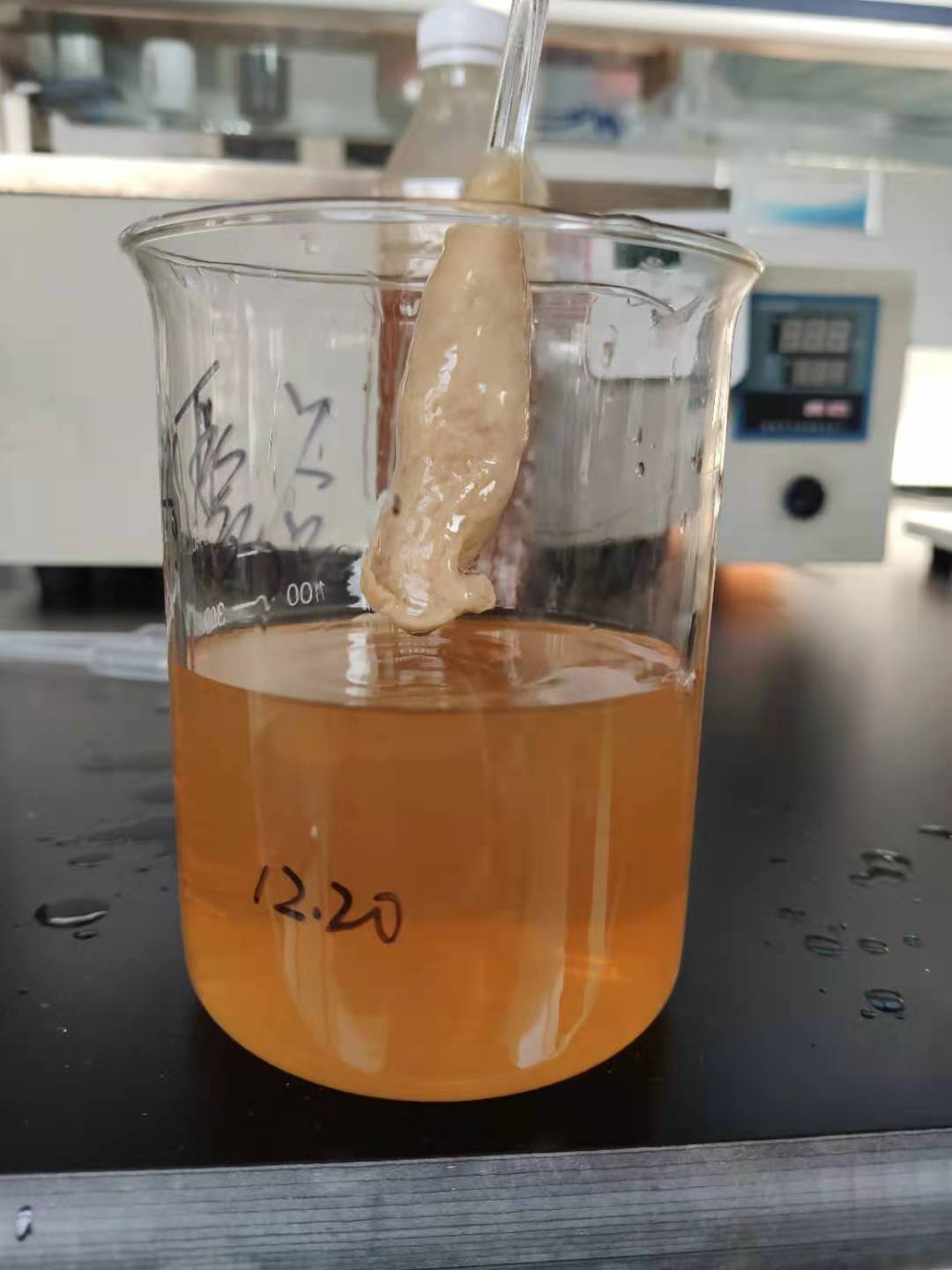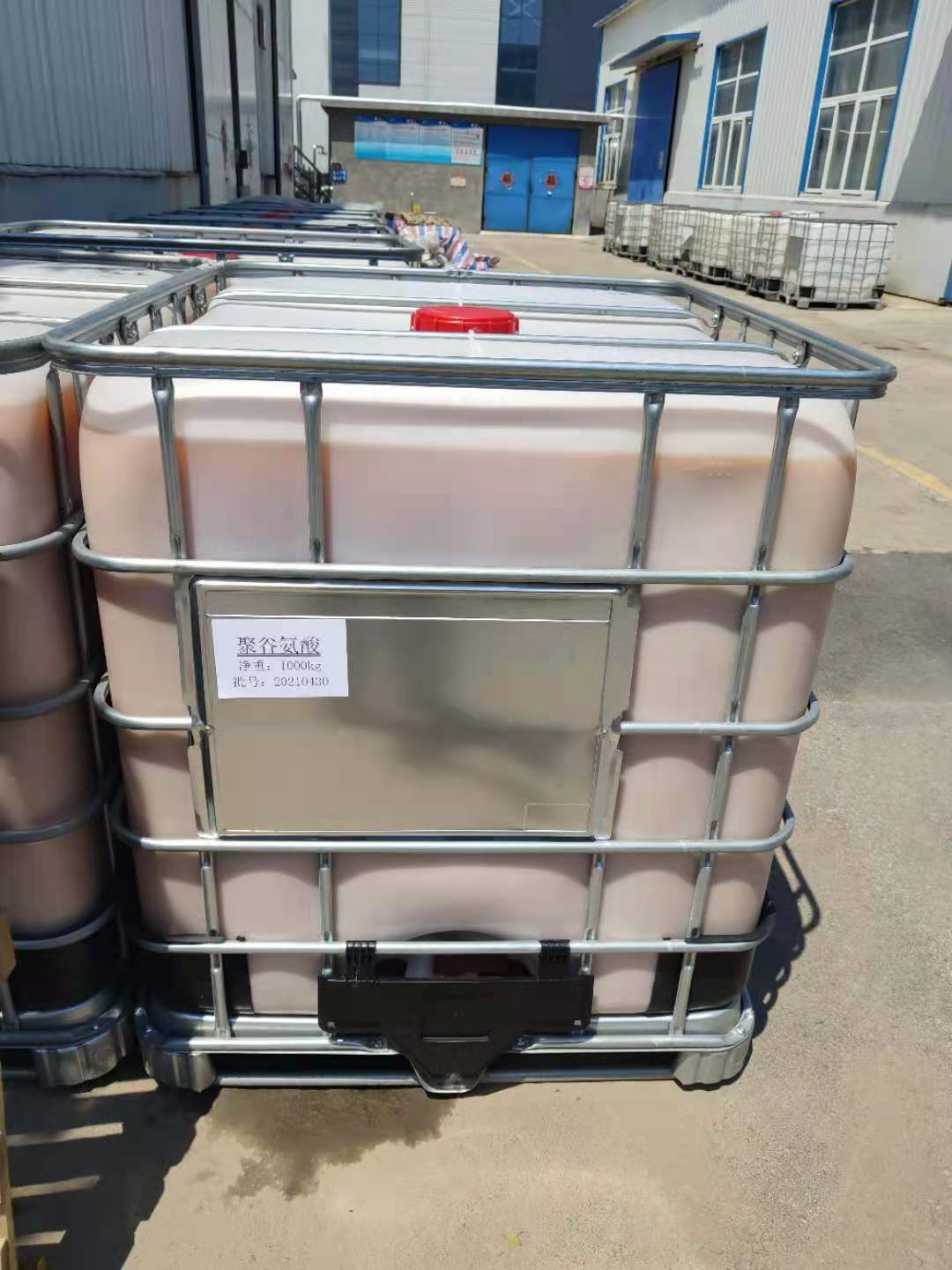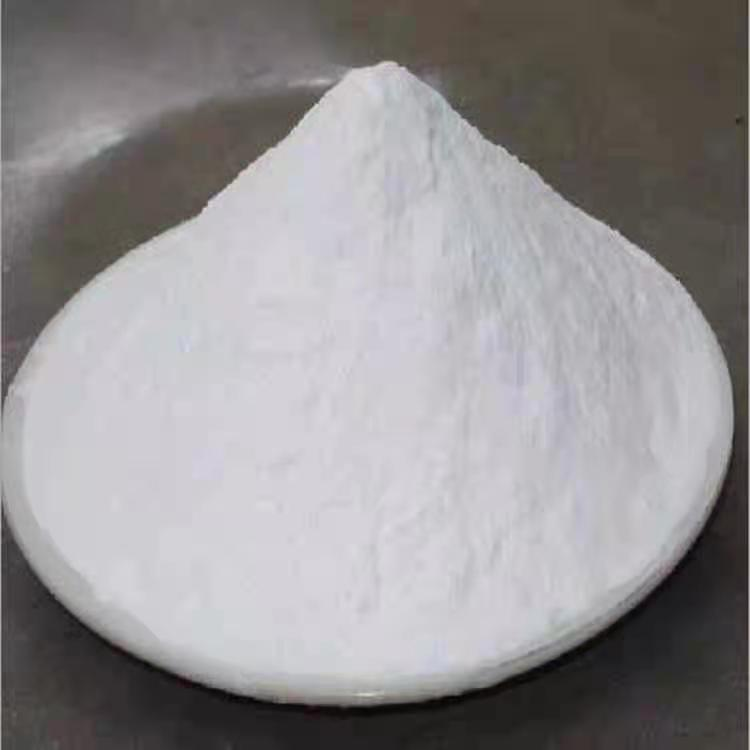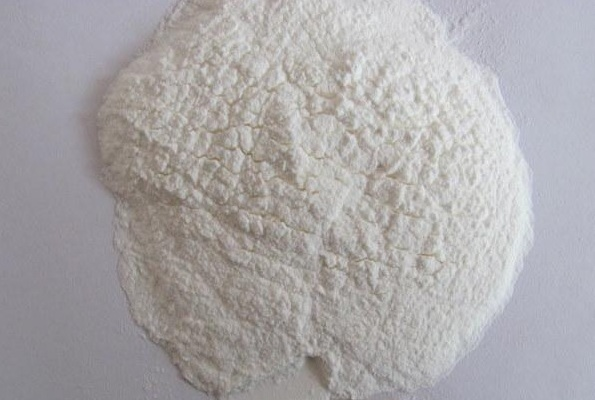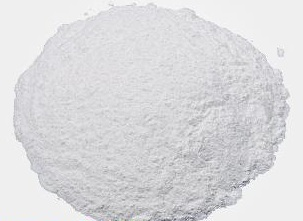Products
Contact Us
Tel: 86-632-8999262
Fax: 86-632-8999268
MP/Wechat/Whatsapp: 8613563208832
E-mail: sdjienuoanna@hotmail.com
E-mail: annajienuoenzyme@hotmail.com
E-mail: sdjienuo@163.com
Add: No.22 Chang Jiang Road, Economic Development Zone, Zaozhuang City, Shandong Province, China
γ-polyglutamic acid (γ-PGA)
Polyglutamic acid is a high-molecular-weight, anionic polypeptide polymer synthesized by microbial fermentation from multiple glutamic acid monomers. As a biomaterial, γ-polyglutamic acid is biodegradable, edible, and non-toxic to humans and the environment, making it widely used in various fields.
Details
Polyglutamic acid
Polyglutamic acid is a high-molecular-weight, anionic polypeptide polymer synthesized by microbial fermentation from several glutamic acid monomers. As a biomaterial, γ - Polyglutamic acid also has the advantages of biodegradability, edibility, and non-toxicity to humans and the environment, and is widely used in many fields.
Main functions in agricultural applications
01 Solve the problems of weak crop growth, poor quality, and low yield;
02 Solve the problem of low fertilizer utilization rate;
03 Improve crop photosynthesis, promote fruit expansion, coloring and sweetening;
04 Problems of cold and frost resistance, improving crop stress resistance;
05 Alleviate certain (sulfonamide) drug damage problems.
I. Polyglutamic acid fertilizer retention effect:
It has the effect of adsorbing and chelating fertilizer cations, resulting in fertilizer retention, and fertilizers are not easily lost due to rainwater leaching.
Reason: Polyglutamic acid carries a strong negative charge, which can firmly adsorb the cationic components of fertilizers with positive charges.
01 Improve the utilization rate of nitrogen, phosphorus, and potassium fertilizers.
Polyglutamic acid molecules contain 1000 Multiple carboxyl anions, which have a strong adsorption capacity for positively charged ions, concentrating a large number of cations around the crop roots --- Nutrient enrichment fertilizer pool
02 Inhibit nitrification enzyme activity, slow down the nitrification process of ammonium nitrogen, and extend the duration of nitrogen by more than four times, with a slow-release effect of nitrogen
03 Promote plant nutrient absorption.
II. Polyglutamic acid fertilizer solubilization effect
Polyglutamic acid can increase fertilizer solubility, reduce precipitation, and can be used in liquid fertilizer preparation to improve the concentration of stock solution preparation.
Reason: Polyglutamic acid can avoid the precipitation of calcium sulfate produced by the sulfate-containing raw materials used in the liquid fertilizer formula and calcium, and improve the preparation concentration of the liquid fertilizer formula stock solution.
1 Polyglutamic acid chelates with calcium and magnesium elements in the soil, promoting absorption
Location: Yaogezhuang Village, Tangjiahe Town, Leting County
Experiment: Calcium deficiency cucumber root irrigation experiment
▼Calcium deficiency causes leaf shrinkage and slow growth. Worse than normal leaves 4 — 5 Piece.
▼Root irrigation 11 Days later, the diseased plants recovered their growth, the leaves spread out, and the melon strips were straight. Y-PGA It is the world's best calcium absorption promoter.
2 Balance soil acidity and alkalinity, prevent salinization and compaction
▼ SO42-、CO32-、PO43- Form precipitates with calcium and magnesium ions, causing soil compaction and salinization,
▼Polyglutamic acid can chelate with calcium and magnesium in the soil, reducing precipitate formation.
3 Polyglutamic acid has high hydrophilicity and water solubility,
It can be used as a wetting agent for soil, cultivation medium, fertilizers, and pesticides—used as a drought-resistant agent.
Reason: Polyglutamic acid liquid has strong polarity and can interact with water molecules, which are also polar, through hydration. Its high molecular weight long-chain properties can firmly grasp water molecules, so it can be used as a wetting agent for soil, cultivation medium, fertilizers, and pesticides.
4 Other beneficial components in polyglutamic acid fermentation broth, such as metal ions, small molecules, and a large amount of amino acids, can be directly absorbed by plant roots, and can promote the development of beneficial microorganisms in the rhizosphere.
Reason: In addition to the main component of polyglutamic acid, the polyglutamic acid fermentation broth also contains metal ions such as potassium, calcium, magnesium, iron, and manganese, small molecules of peptides, a large amount of amino acids, and biological bacteria, which can be directly absorbed by plant roots and can promote the growth of beneficial microorganisms in the rhizosphere, enriching microbial activity and inhibiting the reproduction of harmful microorganisms.
▼Polyglutamic acid activates the plant's disease-resistant enzyme system, which has an inhibitory effect on pathogens,
It has a certain killing effect on certain diseases, and can also induce plants to produce systemic disease resistance.
Get a free quote
Please fill in your contact information and your needs, and we will arrange a professional to contact you!

